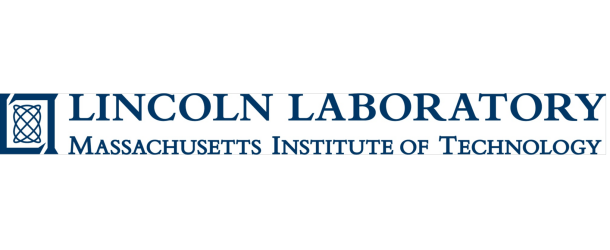MIT Lincoln Laboratory Creates The First Trapped-Ion Quantum Chip With Integrated Photonics

(Forbes) A team of researchers at MIT Lincoln Laboratory has developed a vital step to advance the evolution of trapped-ion quantum computers and quantum sensors.
Superconducting qubits, used by IBM and several others, are the most commonly used technology. Even so, trapped-ion qubits are the most mature qubit technology. It dates back to the 1990s and its first use in atomic clocks. Honeywell and IonQ are the most prominent commercial users of trapped ion qubits.
Dr. Robert Niffenegger, a member of the Trapped Ion and Photonics Group at MIT Lincoln Laboratory, led the experiments and is first author on the Nature paper. He explained why strontium was used for the MIT chip instead of ytterbium, the ion of choice for Honeywell and IonQ. “The photonics developed for the ion trap are the first to be compatible with violet and blue wavelengths,” he said. “Traditional photonics materials have very high loss in the blue, violet and UV. Strontium ions were used instead of ytterbium because strontium ions do not need UV light for optical control.”
The MIT press release describes the new development this way, “Lincoln Laboratory researchers have developed a compact way to deliver laser light to trapped ions. In the Nature paper, the researchers describe a fiber-optic block that plugs into the ion-trap chip, coupling light to optical waveguides fabricated in the chip itself. Through these waveguides, multiple wavelengths [colors] of light can be routed through the chip and released to hit the ions above it.”























